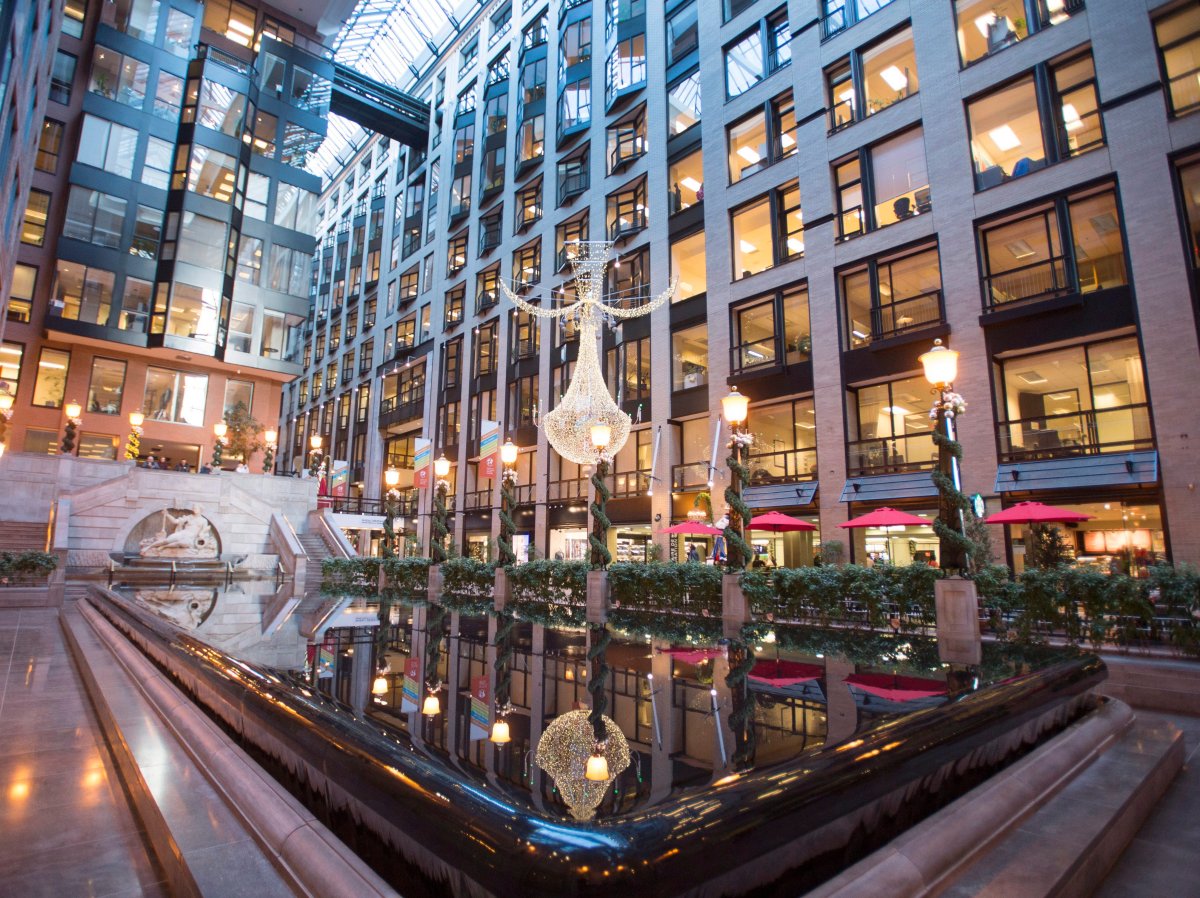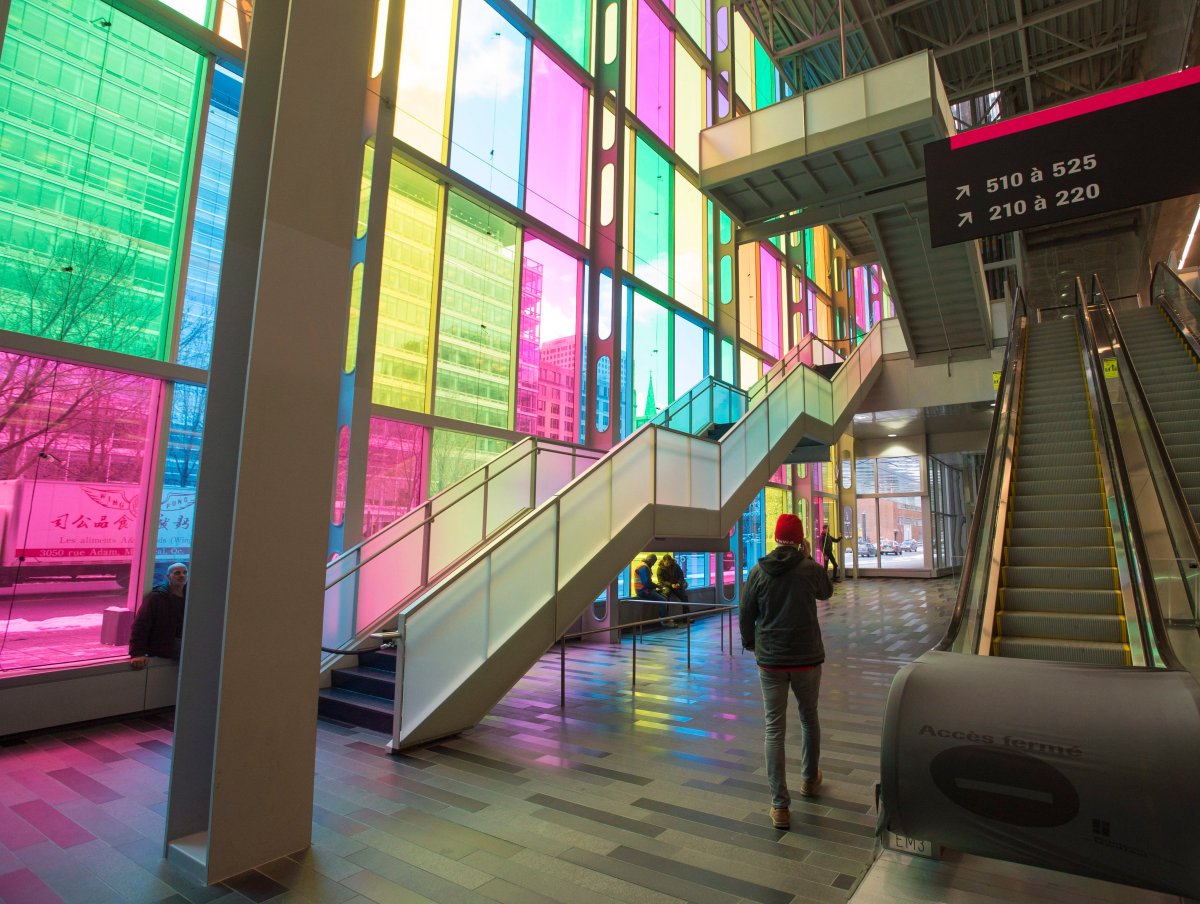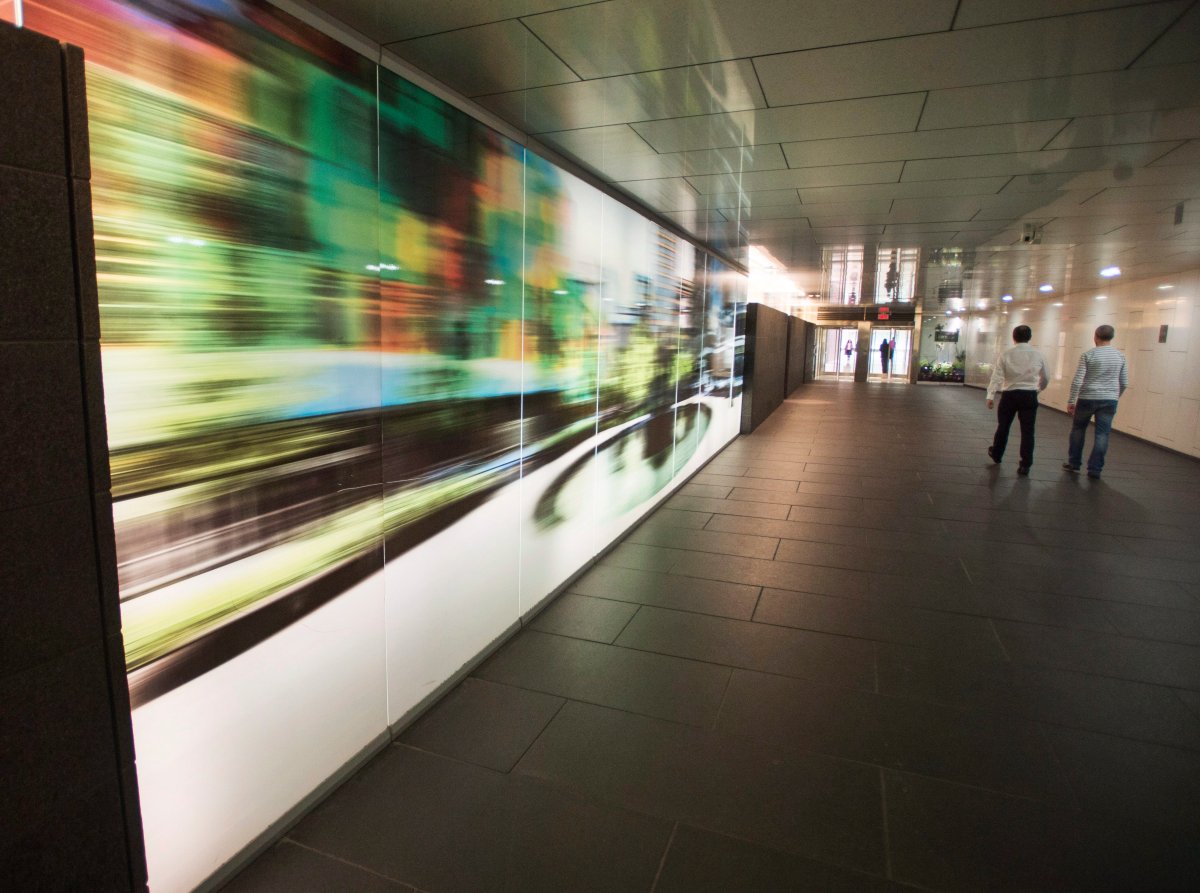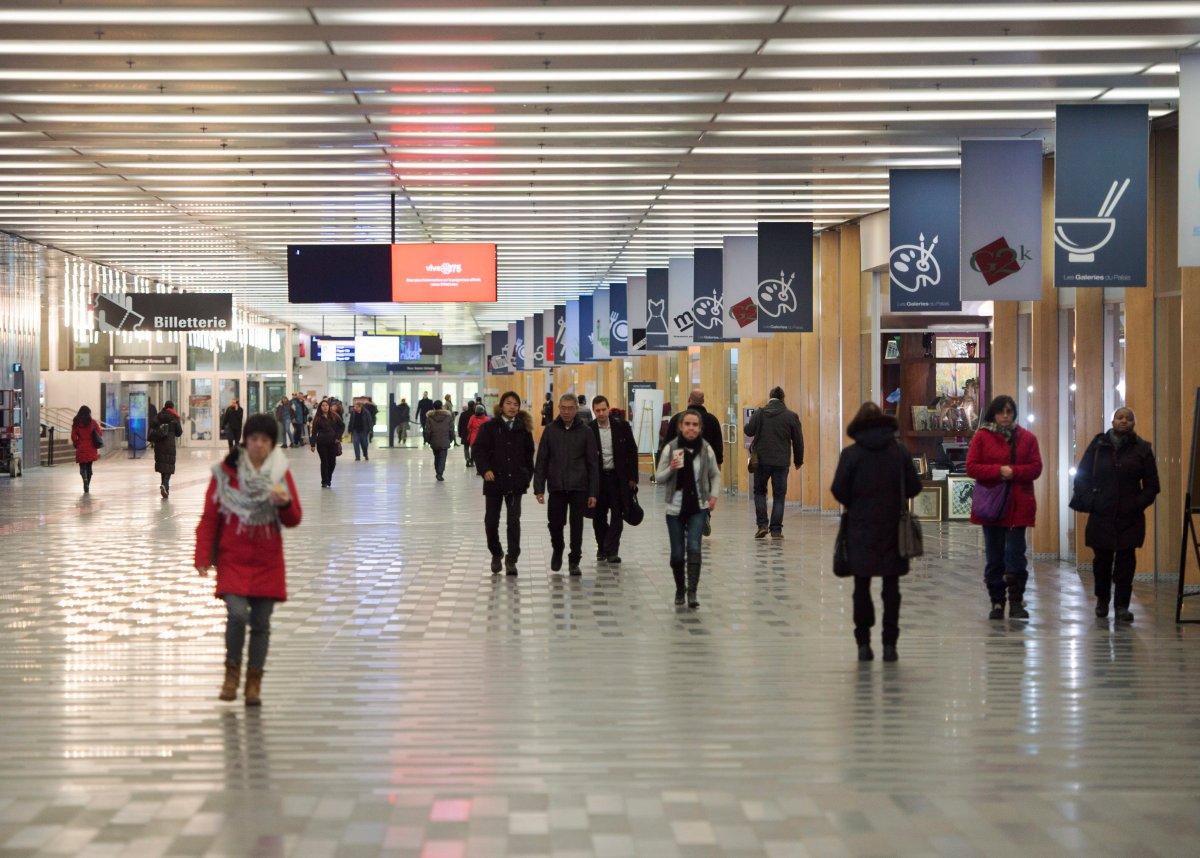A visit to the “underground city” is a top item in any Montreal tourism guide, although asking a resident for directions just might get you the tiniest roll of the eye.

That’s because to many Montrealers, the tunnels that connect the city’s downtown subway stations with a series of malls, office buildings and universities are more a convenient way of getting around than a noteworthy destination in itself.
But in this case, the tourists may just have it right, according to the author of a book about the pedestrian network.
Ivan Drouin says Montrealers’ nonchalance may be simply due to the fact it’s such a part of their lives they may not understand what an achievement it is.
“I’ve met Montrealers who worked downtown for 20 years and are surprised to learn about the underground city’s diversity, its artwork, its stories and its history,” said Drouin, who founded Kaleidoscope, a Montreal tour company that offers guided visits of the network.
The term “underground” is a misnomer, as many of the levels are actually above ground. Drouin describes it instead as a “protected pedestrian network” – a 32-kilometre series of tunnels and passageways that allow residents to have access to most major downtown destinations without stepping foot outdoors.
It began in 1962 when tunnels were built to link the newly constructed Place Ville Marie office and shopping complex to the Queen Elizabeth Hotel and the city’s main train station.
The inauguration of Montreal’s subway system in 1966 signalled the first of several phases of expansion.
Today, the network includes several major universities, 2,000 businesses, some 17 museums and cultural sites and numerous shopping malls, hotels and office buildings.
Drouin compares the “RESO” – named after the French word for network – to Montreal itself: not necessarily beautiful at first glance, but worth getting to know.
“Montreal isn’t an extremely beautiful city, but if you have the tools to know it and to enter its heart you’ll find it’s one of the most extraordinary cities in the world,” he said.
Although mostly known as a good place to shop and escape the elements, it also includes some cultural, historic and architectural highlights for those willing to look.
Art
There is art everywhere in the underground city, both incorporated into the buildings and as separate displays.
The Palais des Congrès on the edge of Old Montreal is known for its distinctive coloured glass panels and pieces of art, including “Lipstick Forest,” a series of bright pink concrete trees created by Quebec artist Claude Cormier.
And then there are the subway stations themselves, each of which has a special design and often feature interesting murals, paintings, sculptures or stained glass.
Drouin says his favourite pieces of art include the statue of former National Hockey League goaltender Ken Dryden in the Place Montréal Trust shopping mall, and the colourful glass hanging sculpture by Guido Molinari in Simons department store on Sainte-Catherine Street.
History and Architecture
The network includes Windsor Station, the former headquarters of Canadian Pacific Railway and now a designated National Historic Site, as well as Central Station, an airy, art-deco-inspired operational transport hub that carries 11 million passengers a year.
The World Trade Centre Montreal displays a piece of the Berlin Wall, as well as a distinctive interior inspired by the facades of old buildings.
Some of the shopping malls hint at their former uses, such as the Cours Mont-Royal, which retains a few traces of its past as an upscale hotel.
Another mall, the Complexe Les Ailes, was formerly an Eaton’s department store.
Activities
The Cours Mont-Royal includes a free exposition of more than 1,000 Barbie dolls dressed in haute couture – billed as the largest of its kind in the world.
The main floor of 1000 de la Gauchetiere St. includes an indoor skating rink, open year-round.
The network links up to the city’s best-known performing arts centre, Place des Arts, which is attached to the city’s contemporary art museum.
A map is available on the French-language site.





Comments